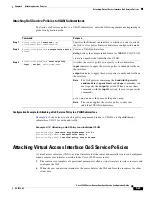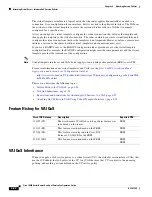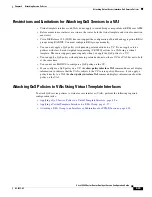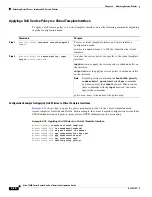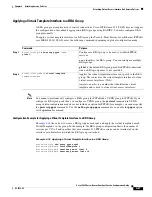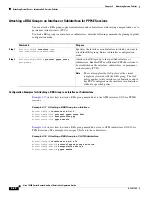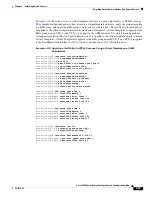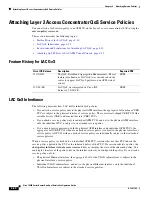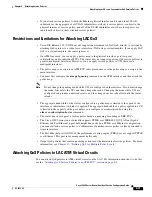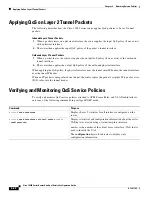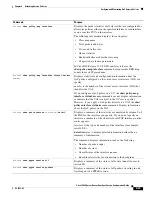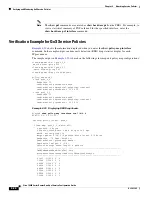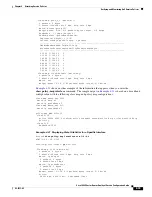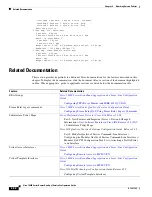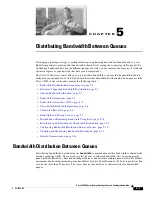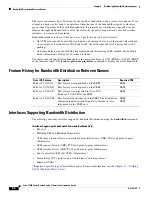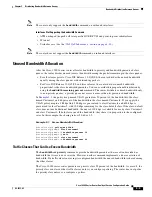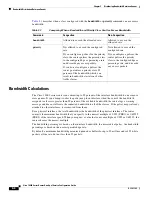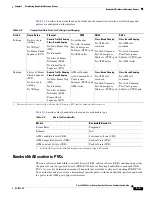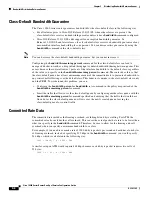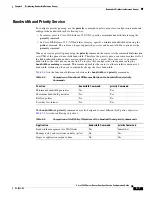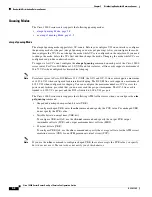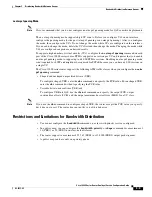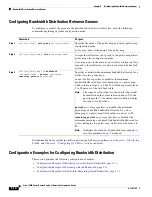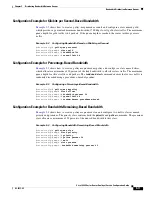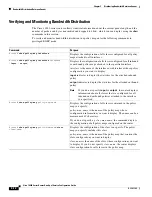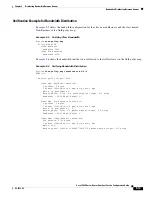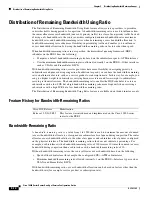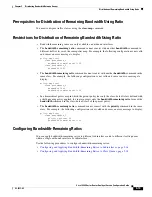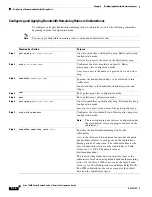
C H A P T E R
5-1
Cisco 10000 Series Router Quality of Service Configuration Guide
OL-7433-09
5
Distributing Bandwidth Between Queues
Developing a queuing strategy is an important step in optimizing network functionality and services.
Equally important is ensuring that bandwidth is shared fairly among the competing traffic queues. By
distributing bandwidth between the different queues of a link, you can increase the capacity of a link and
optimize aspects of your network that have greater importance.
The Cisco 10000 series router allows you to distribute bandwidth to ensure that bandwidth is shared
fairly between the queues of a link. This chapter describes bandwidth distribution between queues on the
Cisco 10000 series router and contains the following topics:
•
Bandwidth Distribution Between Queues, page 5-1
•
Interfaces Supporting Bandwidth Distribution, page 5-2
•
Unused Bandwidth Allocation, page 5-3
•
Bandwidth Calculations, page 5-4
•
Bandwidth Allocation to PVCs, page 5-5
•
Class-Default Bandwidth Guarantee, page 5-6
•
Committed Rate Data, page 5-6
•
Bandwidth and Priority Service, page 5-7
•
Distribution of Remaining Bandwidth Using Ratio, page 5-14
•
Restrictions and Limitations for Bandwidth Distribution, page 5-9
•
Configuring Bandwidth Distribution Between Queues, page 5-10
•
Verifying and Monitoring Bandwidth Distribution, page 5-12
•
Related Documentation, page 5-26
Bandwidth Distribution Between Queues
Distributing bandwidth on a link using the
bandwidth
command ensures that bandwidth is shared fairly
among competing traffic. The router uses class queues to allocate bandwidth, first servicing priority
queue traffic followed by either bandwidth guarantee or bandwidth remaining queue traffic. By default,
a minimum bandwidth guaranteed queue has buffers for up to 50 milliseconds of 256-byte packets at line
rate, but not less than 32 packets. The router does not ensure latency characteristics for bandwidth
queues.

